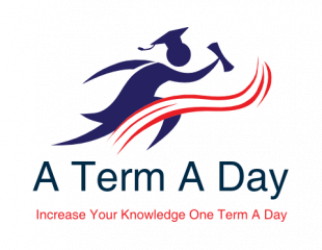As a leading company in Machine Learning, Google had build DistBelief as a proprietary Machine Learning framework. As it’s usage grew, they decided to build the second generation of this library. This also resulted in code refactoring, making it faster and in general elevating the robustness of the application. This new version of Machine Learning framework was named as TensorFlow and was also made “open-source” by Google.

Basics of TensorFlow
Tensor is a multi-dimensional array of base data types. The name TensorFlow is derived from the word “Tensors” and the operations done on the tensors. Machine Learning is all about data and hence tensors are the basis of the framework used for Machine Learning. It is written using C++ and CUDA (Nvidia’s language for programming GPUs). However, it provides APIs for Python, C++, and Java in addition to few others.
TensorFlow allows you to create models for machine learning and also allows you to train those models. Vary famous example usage of TensorFlow is Image recognition. You can use supervised learning method to train the dataset using TensorFlow and then use that model to use it in your application.
While there are some alternatives available, TensorFlow is gaining popularity among the community interested and working in Machine Learning field. It’s APIs are easy to use and allow students and researchers to iterate and create models quickly. It has a high level of accuracy and also has the ability to run on several parallel processors using server farms of GPUs and TPUs (Tensor Processing Units).
Interesting Use cases:
- Image recognition – identify and name objects/persons in a given image
- Text-based applications such as translation and language detection
- Text summarization
- Voice or sound recognition
One of the interesting use cases that I came across was by a company called “Connecterra”. They are using wearable sensors to collect data from cows on farms. Data collected is passed through TensorFlow. A model has been created which allows detecting possible health issues for the cows and giving advanced intimation to farmers. The company is also claiming to show 30% more yield for their customer farmers.
Related Links
- Wikipedia
- TensorFlow Homepage
- TensorFlow Tutorial to get started!
- Alternatives
Related Keywords
Machine Learning, Supervised Learning, GPU, CUDA, Python




